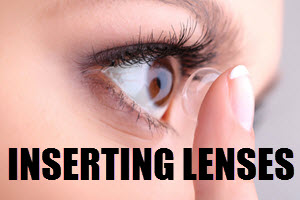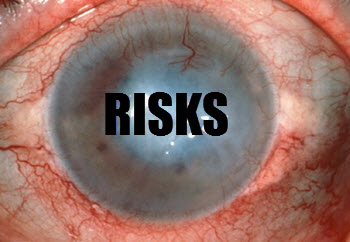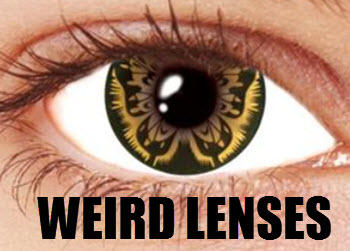Overview of Decorative Eye Lenses
The popularity of decorative eye lenses is on a steady rise as more individuals decide to enhance or alter their eye color temporarily. These lenses, often referred to as cosmetic or colored contact lenses, serve a variety of purposes, both aesthetic and occasionally corrective. Understanding the leading brands within this sector can aid consumers in making informed and safe choices.
Enhancement and Aesthetic Functions
Decorative eye lenses are used primarily for cosmetic purposes. Their main aim is to enhance or completely change the natural color of the eyes. Many people are drawn to the idea of these lenses as they can easily transform one’s appearance for special occasions, theatrical performances, or simply day-to-day life. The lenses range from subtle changes that enhance the natural color of the eye to more dramatic changes that alter the color entirely.
Popular Brands and Their Features
Air Optix Colors
Air Optix Colors is a widely recognized brand known for providing comfortable and breathable lenses. The technology behind these lenses involves a specialized silicone hydrogel material, which is crucial for oxygen permeability. This material ensures that wearers can have the lenses on for prolonged periods without compromising comfort. The brand offers a variety of colors that range from subtle shades to dramatic hues that can significantly change your eye color. This versatility makes them a popular option for those looking to experiment with their look.
FreshLook Colorblends
FreshLook Colorblends is another prominent brand, celebrated for its 3-in-1 color technology. This innovative approach allows the lenses to blend three different colors into one, creating a more natural appearance. This is particularly beneficial for individuals who wish to achieve a subtle and realistic change. The brand offers options for both cosmetic and corrective lenses, which means it also caters to users who need vision correction as well. FreshLook’s extensive color range provides users with the flexibility to try different appearances easily, adding variety to their everyday look.
Acuvue Define
Acuvue Define is tailored for those who prefer enhancing the natural beauty of their eyes rather than completely changing their eye color. The lenses are designed to accentuate the iris’s natural patterns and brightness, resulting in a more defined and striking appearance. Beyond aesthetics, these lenses offer practical benefits such as comfortable wear and UV blocking capabilities. These features contribute to their popularity, especially among individuals seeking a subtle enhancement to their natural eye color.
Tried Gear Circle Lenses
Tried Gear Circle Lenses have gained widespread popularity, especially in Asia, for their capacity to make the eyes appear larger. Frequently used in cosplay or to create a “dolly” look, these lenses have a distinctive dark ring around their circumference. This design not only enlarges the appearance of the eyes but also adds an enhanced sense of depth and dimension, providing a unique aesthetic appeal.
Solotica Hidrocor
Solotica Hidrocor lenses are particularly praised for their vivid color changes. They are a top choice among individuals seeking a dramatic transformation of their eye color. The lenses are renowned for their opacity, which allows for a noticeable shift in eye color, even for those with darker irises. Availability worldwide, Solotica Hidrocor offers options for both prescription and plano lenses, catering to a broad audience looking for a significant change in appearance.
Ensuring Safety and Hygiene
When considering the use of decorative eye lenses, it is imperative to consult with an eye care professional. Ill-fitting or improperly used lenses can lead to several eye health issues, some of which may have long-term consequences. Furthermore, authenticity is key in ensuring both safety and the desired aesthetic outcome. Consumers should ensure that they purchase lenses from reputable sources to avoid counterfeit products, which may not meet safety standards and can pose significant risks to eye health.
Consulting with Eye Care Professionals
Before venturing into the world of decorative eye lenses, consulting with an eye care professional is advisable. An eye professional can provide a comprehensive eye examination and determine whether these lenses are suitable for the individual. They can also offer valuable advice on the proper care and maintenance of contact lenses, which is crucial for preventing infections and other complications.
Conclusion
Decorative eye lenses offer an exciting opportunity for self-expression and temporary transformations. With numerous options available, from subtle enhancement lenses to more dramatic color-changing lenses, wearers can explore new looks with ease. However, while the aesthetic benefits are enticing, ensuring safety through professional guidance and purchasing authentic lenses should remain a top priority for all users. By doing so, they can enjoy the aesthetic benefits of these lenses without compromising their eye health.



 Cosmetic contact lenses
Cosmetic contact lenses